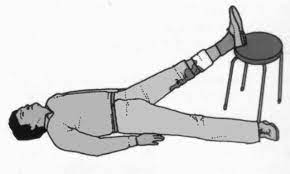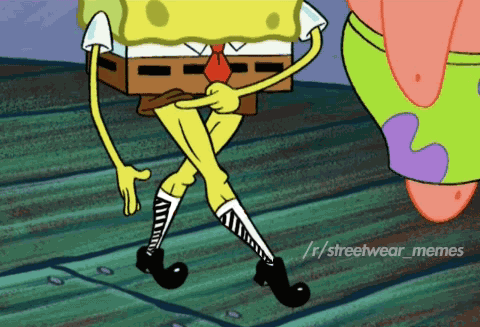Swelling is a natural part of your body’s healing process after an injury. When your body needs to heal an injury, it will make it swell by sending blood, lymphatic fluid and special repair cells to the injured area. Too much swelling, on the other hand, or swelling that lingers too long, can slow your recovery by making the injured area more painful and less mobile. So, what can you do to keep yourself at a healthy level of swelling?
 (This dog is swelling because he ate a bee. Do not be like this dog.)
(This dog is swelling because he ate a bee. Do not be like this dog.)
The first resource you have is compression. Compression is very effective. It can be achieved various ways. The most common way to compress a swollen limb is to wrap an ace bandage around it. When you wrap an injury it’s helpful to “grade” the pressure. That means that you need to make the wrap tighter close to the injury and looser on the end closer to your heart. Also, compression garments offer a convenient form of compression. These can be worn all day which can help them be more effective. Most running or athletic stores sell knee-high compression socks for athletic performance that can also be used to manage swelling. These are great if your swelling is in your ankles or lower legs.
Another major way to work on swelling is through muscle pumping. Your veins, the vessels that bring blood BACK to the heart, rely on the pumping action of your muscles to move blood back toward your heart. Veins have valves that prevent back-flow but the real action comes when we use our muscles.Your lymphatic vessels also rely heavily on the muscle pump. Long story short, you can help your body get rid of excess swelling by contracting your muscles. The way you do that is by using them! Exercising the muscles around the swollen area is critical to getting rid of swelling.
Elevation is another tool you can use. Have you ever noticed that swelling improves first thing in the morning and gets worse throughout the day? When you’re sleeping at night, you’re in a gravity-neutral position, so it’s easier for your body to process the swelling. Throughout the day, gravity pulls the swelling back into your limbs. Elevation is the least effective tip on this list. This is partly because elevation really only works if your swollen limb is ABOVE YOUR HEART. Plus, elevation is usually not very active, and activity and pumping of your muscles. But if you can make sure to elevate the injury above your heart, it can be one more swelling trick up your sleeve.
 (This guy has got his injury above his heart. He gets points for that. But maybe find a more comfortable place to lay down.)
(This guy has got his injury above his heart. He gets points for that. But maybe find a more comfortable place to lay down.)
Your last major weapon against swelling is ice. Ice is especially helpful in the first 24-48 hours after an injury. The cold from ice causes vasoconstriction (narrowing of the vessels) which helps push the swelling out. Another benefit of ice is its analgesic effect. Ice can really help reduce your pain level. If you have pain and swelling, ice is going to come in handy. Apply ice for 10-15 minutes. Make sure to put a barrier like a cloth or pillowcase between the ice or ice pack and your skin. Frostbite is not something that anyone wants.
 (Elsa is icing and elevating, she gets it.)
(Elsa is icing and elevating, she gets it.)
These are some resources you can use at home. If you have a serious injury, see a doctor, and see us for physical therapy. We have added techniques and targeted exercises that can help you heal quickly and safely.


